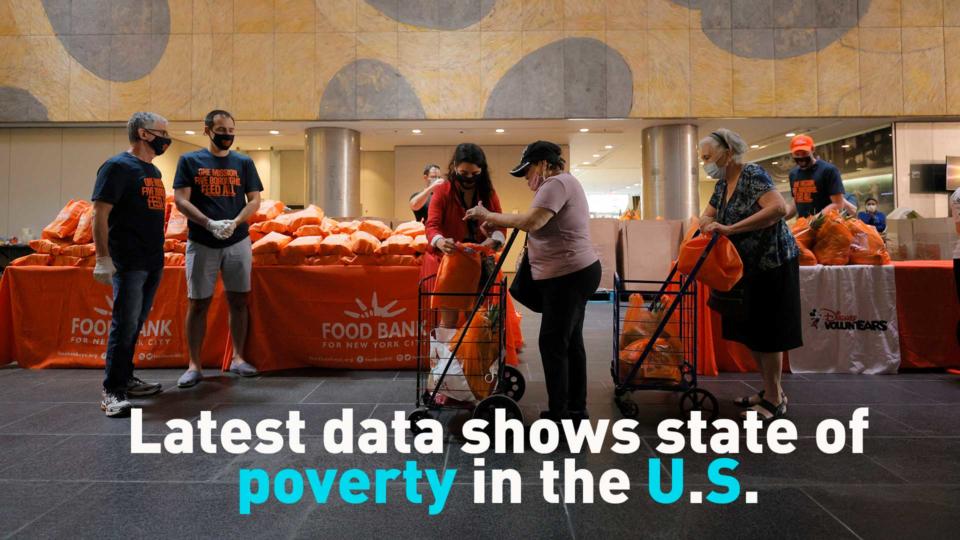U.S. Census data released this week shows that the poverty rate hit 11.4 percent in 2020, up from 10.5 percent a year prior.
It’s the first increase in poverty after five consecutive years of declines.
There were 37.2 million people living below the poverty line in the United States in 2020. The definition of poverty ranges from $12,413 to $57,597 in annual income depending on the number of people in the family unit, and if the family had children under the age of 18.
Had it not been for government aid given to Americans during the COVID-19 pandemic, the estimated number of people in poverty would have increased to 54.4 million or about 17 percent of the population.
According to the Census, stimulus payments during the pandemic, moved 11.7 million out of poverty while expanded unemployment benefits prevented 5.5 million from falling into poverty.
The single largest program keeping people out of poverty remains Social Security, which prevented 26.5 million people from falling into poverty.
Millions of Americans took an economic hit during the COVID-19 pandemic. The median household income in 2020 was $67,521, a 2.9 percent decline from 2019. It’s the first statistically significant decline in median household income since 2011, the Census reported.
The poverty level in 2020 remained below that of the 2008 economic recession, but due only to government interventions. Had it not been for stimulus payments and expanded unemployment benefits, the poverty rate would have hit a 40-year high.
The poverty level also different among racial groups.
People identifying as Black alone or in combination saw a poverty rate of 19.3 percent while those identifying as Hispanic of any race had a poverty rate of 17 percent.
Those identifying as solely White had a poverty rate of 10.1 percent and those identifying as Asian alone or in combination had a poverty rate of 8 percent.
Historically, poverty hasn’t exceeded slightly above 15 percent since 1965.
Between 1959-1969 poverty fell dramatically from 22.4 percent to 12.1 percent.
Much of this is due to the influence of President Lyndon B. Johnsons’s War on Poverty which began in 1964 and saw the creation of Medicare and Medicaid, the Food Stamp Act, the Elementary and Secondary Education Act, and the Economic Opportunity Act which ran programs such as Project Head Start for low-income preschool children.
Many of these programs are still in place today.
 CGTN America
CGTN America



